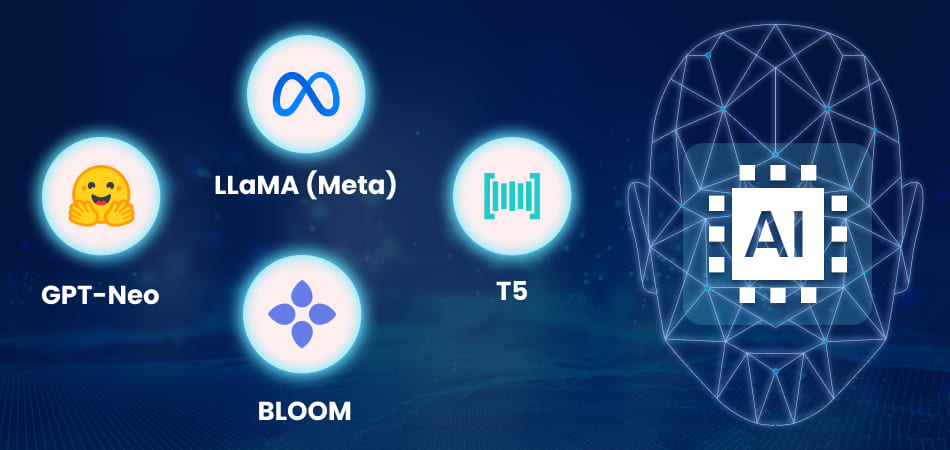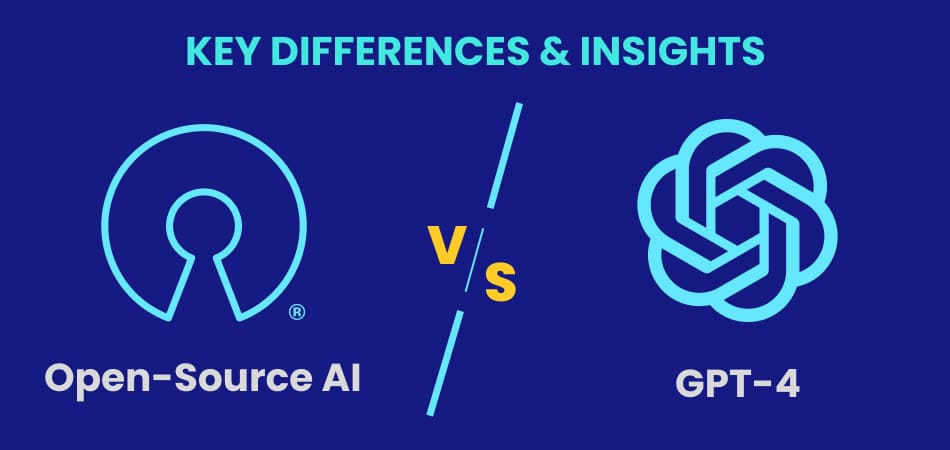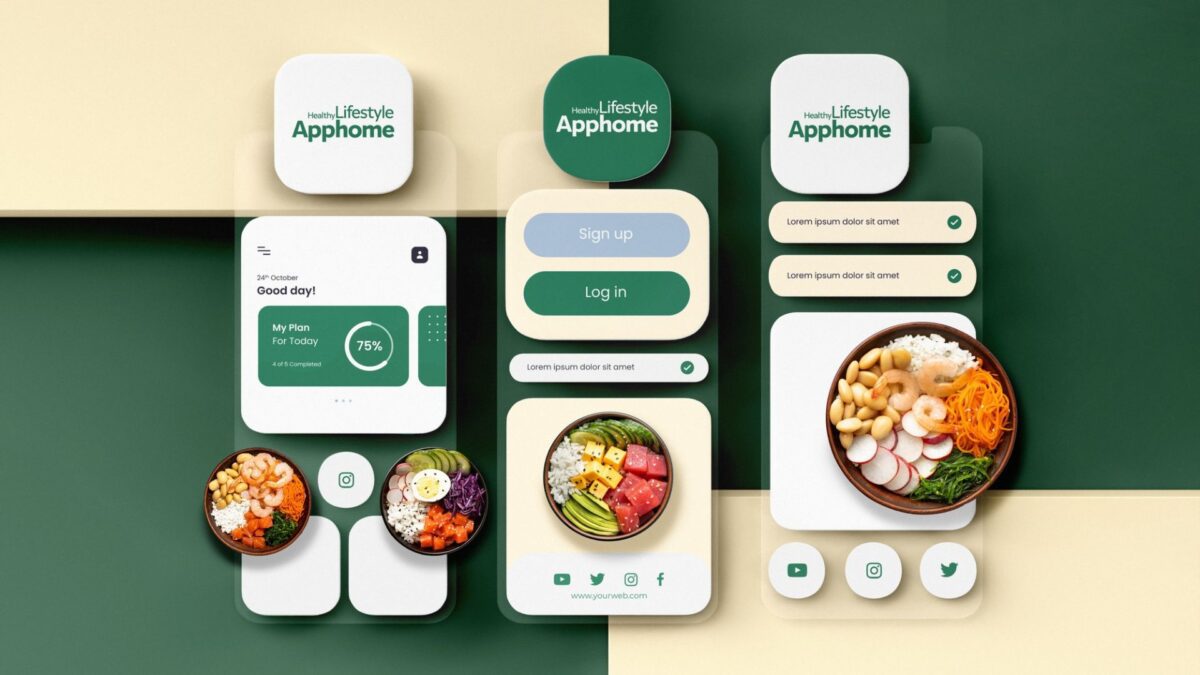In the world of generative AI, OpenAI’s GPT-4 has emerged as one of the most advanced language models, offering state-of-the-art performance for a wide array of tasks. However, as generative AI continues to evolve, other models—particularly open-source alternatives—are gaining traction. These models provide flexible and cost-effective solutions for developers, businesses, and researchers. In this blog, we’ll compare GPT-4 with several open-source models in generative AI, such as GPT-Neo, BLOOM, LLaMA, and others, discussing their strengths, weaknesses, and use cases.
What is Generative AI?
Generative AI refers to a class of machine learning models that can create new content, such as text, images, music, or even code, by learning patterns from large datasets. These models are trained using massive amounts of data and can generate realistic, coherent outputs that resemble the data they were trained on. In the context of natural language processing (NLP), generative AI models like GPT-4 can produce human-like text for applications such as chatbots, content creation, and code generation.
The Rise of Open-Source Models
Open-source generative AI models have gained momentum due to their transparency, flexibility, and the ability to fine-tune them for specific needs. Unlike proprietary models like GPT-4, open-source models allow users to access the source code and adapt the model for unique tasks without restrictions or high costs.
GPT-4: An Overview
GPT-4, developed by OpenAI, is the latest and most advanced version of the Generative Pre-trained Transformer (GPT) series. Known for its remarkable ability to understand and generate human-like text, GPT-4 has set a new benchmark for natural language models.
- Strengths:
- Multimodal: GPT-4 can handle both text and image inputs, making it more versatile.
- Contextual Understanding: The model can understand complex prompts and generate coherent and contextually accurate responses.
- Reliability: GPT-4 delivers high accuracy across a wide range of tasks, from content generation to technical problem-solving.
- Ease of Use: Available through API, it is easy to integrate into applications without requiring users to manage complex infrastructure.
- Weaknesses:
- Closed-Source: Users cannot access the internal workings of GPT-4, limiting transparency and customization.
- Cost: The commercial API usage can be expensive, especially for high-volume applications.
- Dependence on OpenAI: Users rely on OpenAI for updates, fine-tuning, and deployment.
Open-Source Models in Generative AI

Several open-source generative AI models provide viable alternatives to GPT-4. These models offer the flexibility of customization and lower costs, making them attractive options for developers and researchers. Below are some notable open-source models that have been widely recognized in the AI community.
1. GPT-Neo (EleutherAI)
Overview: GPT-Neo is an open-source alternative to GPT-3, developed by EleutherAI. It aims to replicate the capabilities of GPT-3 with models trained on the Pile, a large-scale dataset, while maintaining transparency and accessibility.
- Strengths:
- Open-Source: The model is freely available for anyone to use and customize.
- Customizability: Developers can fine-tune GPT-Neo for specific tasks.
- Community Support: With a strong open-source community, GPT-Neo is frequently updated and improved.
- Weaknesses:
- Performance: While capable, GPT-Neo does not perform at the same level as GPT-4, especially for highly complex tasks.
- Infrastructure Requirements: Self-hosting GPT-Neo requires significant computational resources.
2. BLOOM (BigScience)
Overview: BLOOM is an open-source language model developed by BigScience, a collaborative project involving researchers from around the world. It focuses on multilingual tasks and aims to provide a transparent, ethical alternative to proprietary models.
- Strengths:
- Multilingual: Supports 59 languages, making it ideal for global applications.
- Ethical AI: Developed with transparency and ethical considerations in mind.
- Open-Source: Free for use and modification, encouraging research and development.
- Weaknesses:
- Slower Performance: While highly capable, BLOOM may not match GPT-4’s speed and efficiency in certain tasks.
- Complexity: Due to its size and multilingual focus, it may be harder to integrate and optimize for specific applications.
3. LLaMA (Meta)
Overview: LLaMA (Large Language Model Meta AI) is a family of models developed by Meta, designed to be more efficient and lightweight compared to other large models. It is open-source and suitable for a wide range of NLP tasks.
- Strengths:
- Efficiency: LLaMA is smaller and more efficient than many other large models, offering a balance between performance and resource consumption.
- Open-Source: Fully transparent and accessible for research and development.
- Multilingual: Like BLOOM, LLaMA also supports multiple languages.
- Weaknesses:
- Limited Multimodal Capabilities: Unlike GPT-4, LLaMA does not process both text and images.
- Narrower Focus: While efficient, LLaMA may not match GPT-4’s versatility in handling complex or creative tasks.
4. T5 (Text-to-Text Transfer Transformer)
Overview: T5, developed by Google, is a transformer-based model designed to handle various NLP tasks by treating all problems as text-to-text problems. It has been fine-tuned for tasks like translation, summarization, and question-answering.
- Strengths:
- Versatility: Can handle a wide range of NLP tasks, from translation to summarization.
- Text-to-Text Framework: Simplifies task formulation by converting all tasks into text-based ones.
- Open-Source: Available for research and adaptation.
- Weaknesses:
- Not as Strong in Text Generation: Unlike GPT-4, T5 is not optimized for open-ended text generation.
- Requires Fine-Tuning: To achieve high performance on specific tasks, T5 may require extensive fine-tuning.
Key Differences and Insights
Let’s dive into a direct comparison between GPT-4 and several leading open-source models to understand their strengths, weaknesses, and best use cases.
Comparison Table: GPT-4 vs Open-Source Generative AI Models
| Feature | GPT-4 (OpenAI) | GPT-Neo (EleutherAI) | BLOOM (BigScience) | LLaMA (Meta) | T5 (Google) |
| Model Type | Proprietary (Closed-Source) | Open-Source | Open-Source | Open-Source | Open-Source |
| Multimodal Support | Yes (Text + Images) | No | No | No | No |
| Customization | Limited (API-based) | High (self-hosted, fine-tuning) | Moderate (focused on languages) | Moderate (efficiency-oriented) | High (text-to-text framework) |
| Cost | Expensive (API-based) | Free (self-hosting required) | Free (self-hosting required) | Free (self-hosting required) | Free (self-hosting required) |
| Performance | Exceptional | Good (less refined) | Good (especially for multilingual tasks) | Good (efficient, cross-lingual) | Good (structured tasks) |
| Scalability | High (cloud-based) | Moderate (depends on infra) | Moderate (depends on infra) | High (efficient usage) | High (large-scale tasks) |
| Best Use Case | Broad (enterprise, research, etc.) | Research, prototyping, customization | Multilingual tasks, ethical AI | Research, cross-lingual tasks | Summarization, translation |
Conclusion
Choosing the right generative AI model depends on your specific use case, budget, and technical capabilities. GPT-4 offers unmatched performance and versatility, making it an ideal choice for businesses that need cutting-edge AI with minimal setup. However, its high costs and closed-source nature may make it less appealing for developers looking for flexibility.
Open-source models like GPT-Neo, BLOOM, LLaMA, and T5 offer viable alternatives, with advantages in customization, lower costs, and transparency. However, they may require more effort to deploy and may not always match GPT-4’s performance on certain tasks.
Ultimately, the best model for you will depend on your needs: whether you prioritize cutting-edge, reliable performance, or you need a more flexible, cost-effective, and open-source solution.



